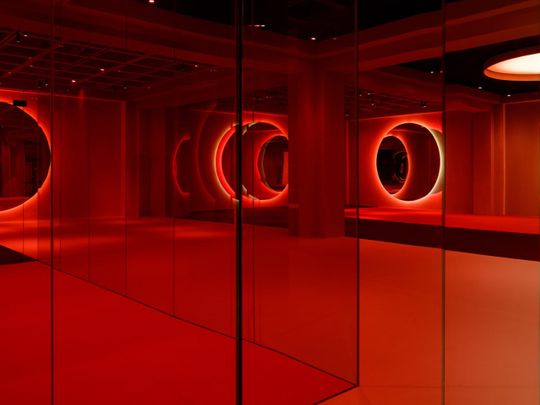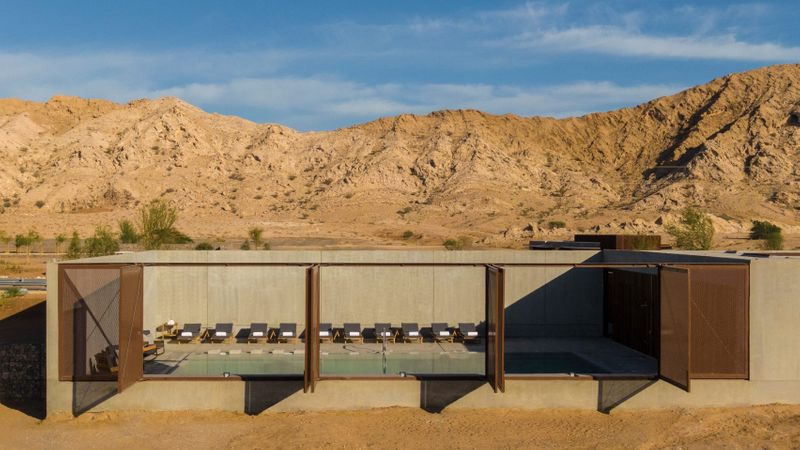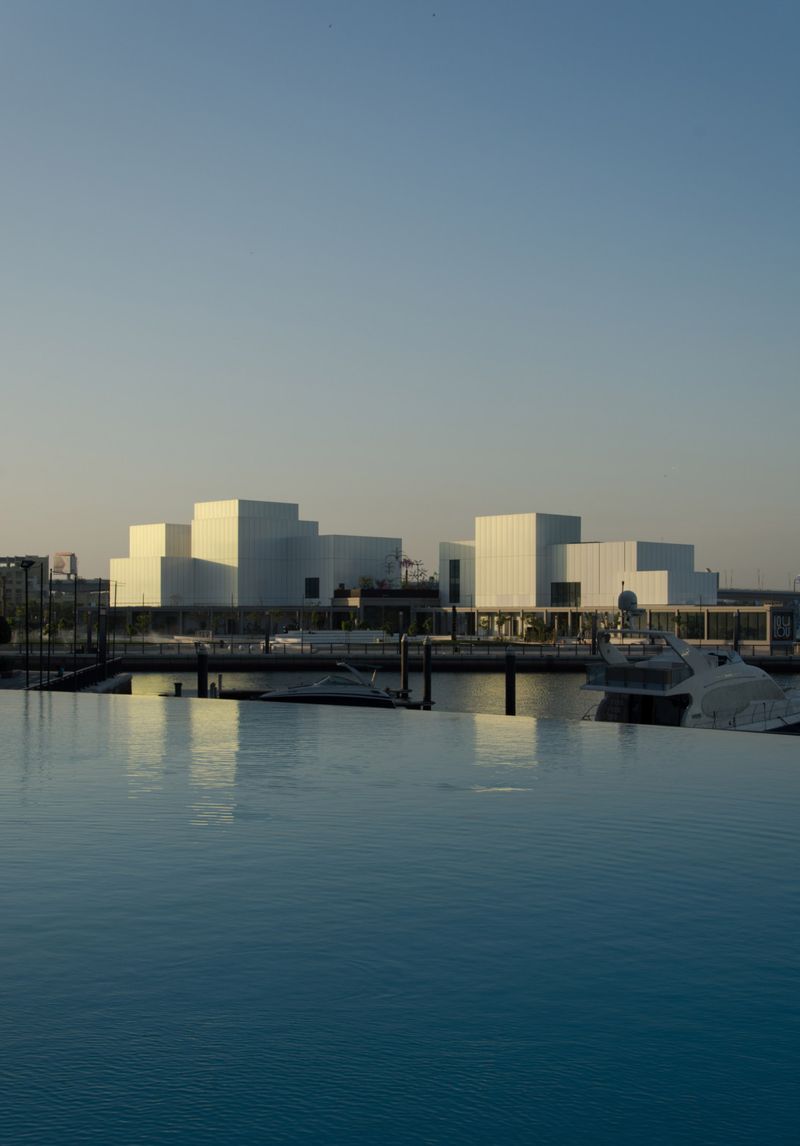
One of the most important names in design, Marcus Fairs’ opinion is sought-after and acted upon by architects, designers, brands and industry captains.
Like the rest of the design industry, the founder of Dezeen is navigating the new normal, creating platforms to connect the design fraternity digitally and build on the sense of community that is very much at the heart of the industry.
Their ongoing Virtual Design Festival is filling that gap — offering perspective, inspiration and sense of belonging that has been temporarily taken away. Alongside, long-standing initiatives like the Dezeen Awards that propel exceptional design talent onto the global scale take on a larger mandate as the industry grapples to move forward with new solutions and innovation in design thinking, and its application.
Winning a Dezeen Award actually means something.
“The Dezeen stamp has a lot of weight to it,” says studio Dame, the 2018 winner of leisure design of the year. “An immediate traction comes off the back of winning, because Dezeen has a lot of social followers, so it does really get your name out there.”
With Dubai-based designer Pallavi Dean as judge for the 2020 cycle, and a variety of UAE-based projects — Al Faya Lodge, the Jameel Arts Centre and the Warehouse Gym, for example-previously nominated — the awards offer regional designers a platform to make their mark on a global scale. As entries come to a close on June 2, we spoke to Fairs about what makes the Dezeen Award so coveted.

Why did you establish Dezeen Awards?
We established Dezeen Awards to champion the world’s most outstanding architecture, interiors and design. We also wanted to provide a benchmark for international design excellence and the ultimate accolade for architects and designers everywhere. With a fully digital entry process, we wanted to ensure that architects and designers from across the globe could enter the awards and that Dezeen Award winners are recognised as being at the forefront of architecture and design excellence.

What considerations went into planning the various categories?
At Dezeen we write about new exciting architecture, interiors and design projects daily, and the awards categories reflect the breadth of the industry as well as areas of architecture and design in which we see increasing volumes of activity. Some of the most popular categories include small building, restaurant interior and urban house design.
What does it take to be a jury member for the awards?
Our jury represents the breadth of expertise, vision and talent in architecture and design around the world. Our judges come from across the globe and are a diverse group of professionals, with heaps of expertise and unique ways of thinking, which makes them experts in their chosen fields of practice.
Do you feel, the shift in attitude towards design, as a result of this crisis, will have any impact on the judges’ decision-making processes?
Since its inception, Dezeen Awards has rewarded projects not only for their beauty, innovation and function but for the efforts they make to improve the world. Following the recent crisis, it might be that even more weight will be given to the ‘beneficial’ element of the judging criteria to highlight the work done by designers to leave the world a better place.
Do you feel the crisis will have any impact on future cycles of the awards in terms of the categories and considerations?
I think we could find that certain award categories may attract fewer entries in the next cycles as some architects and designers are unable to complete their projects this year given the current crisis, but it’s probably too soon to say where the current world situation is heading. We’ll certainly consider introducing further award categories to recognise the fantastic work being done by designers to address the issues the world is facing today.
For more information on the awards visit www.dezeen.com/awards









